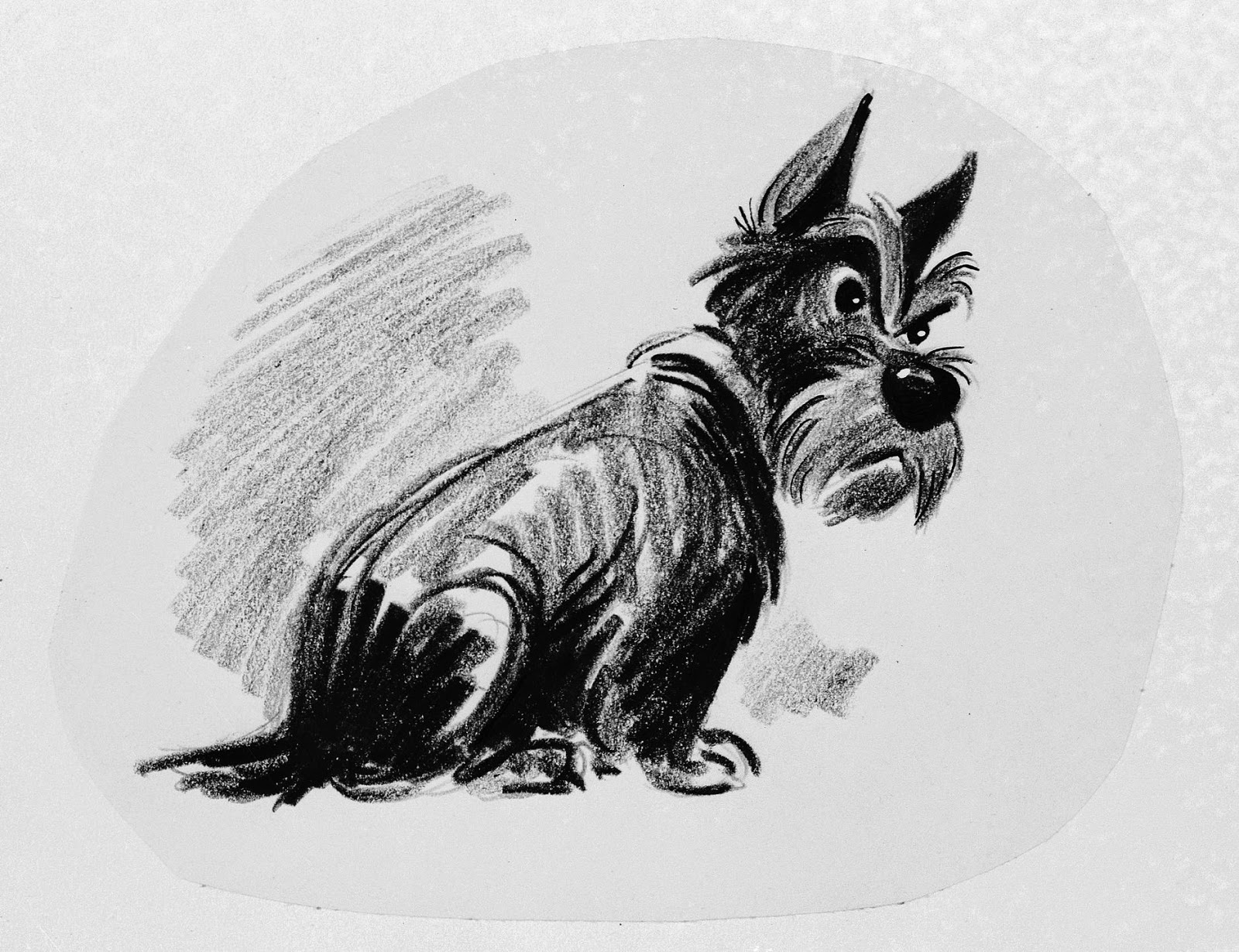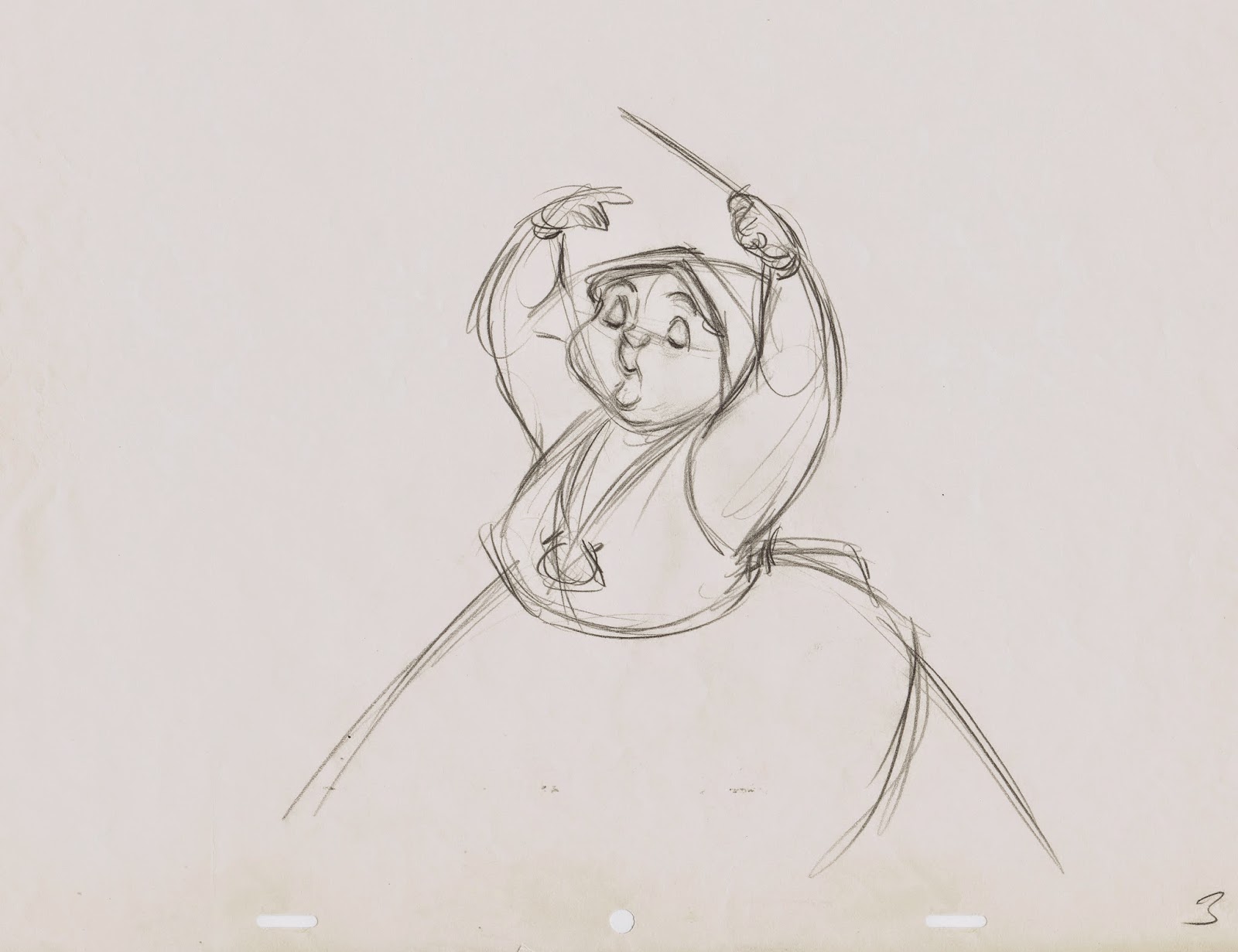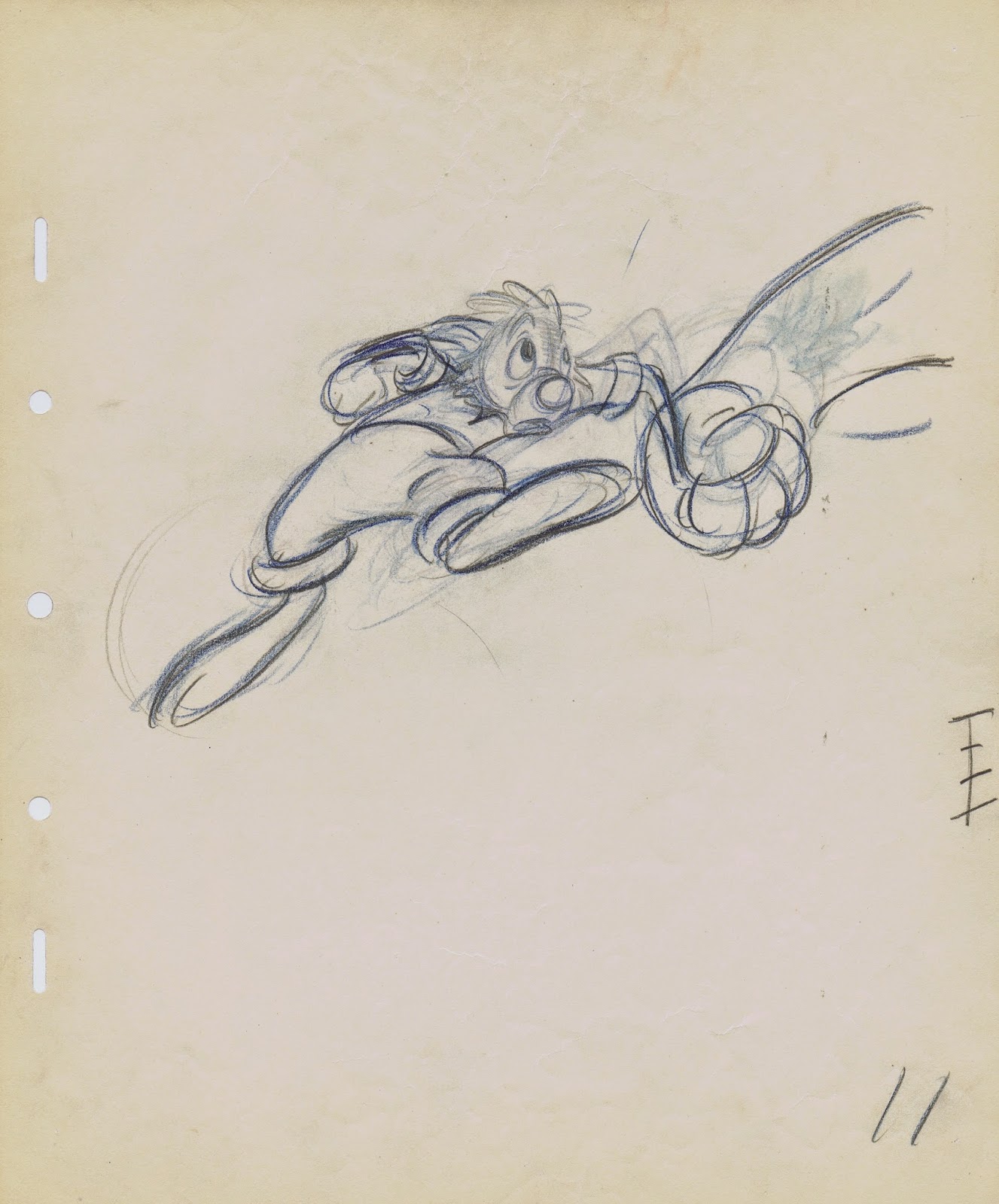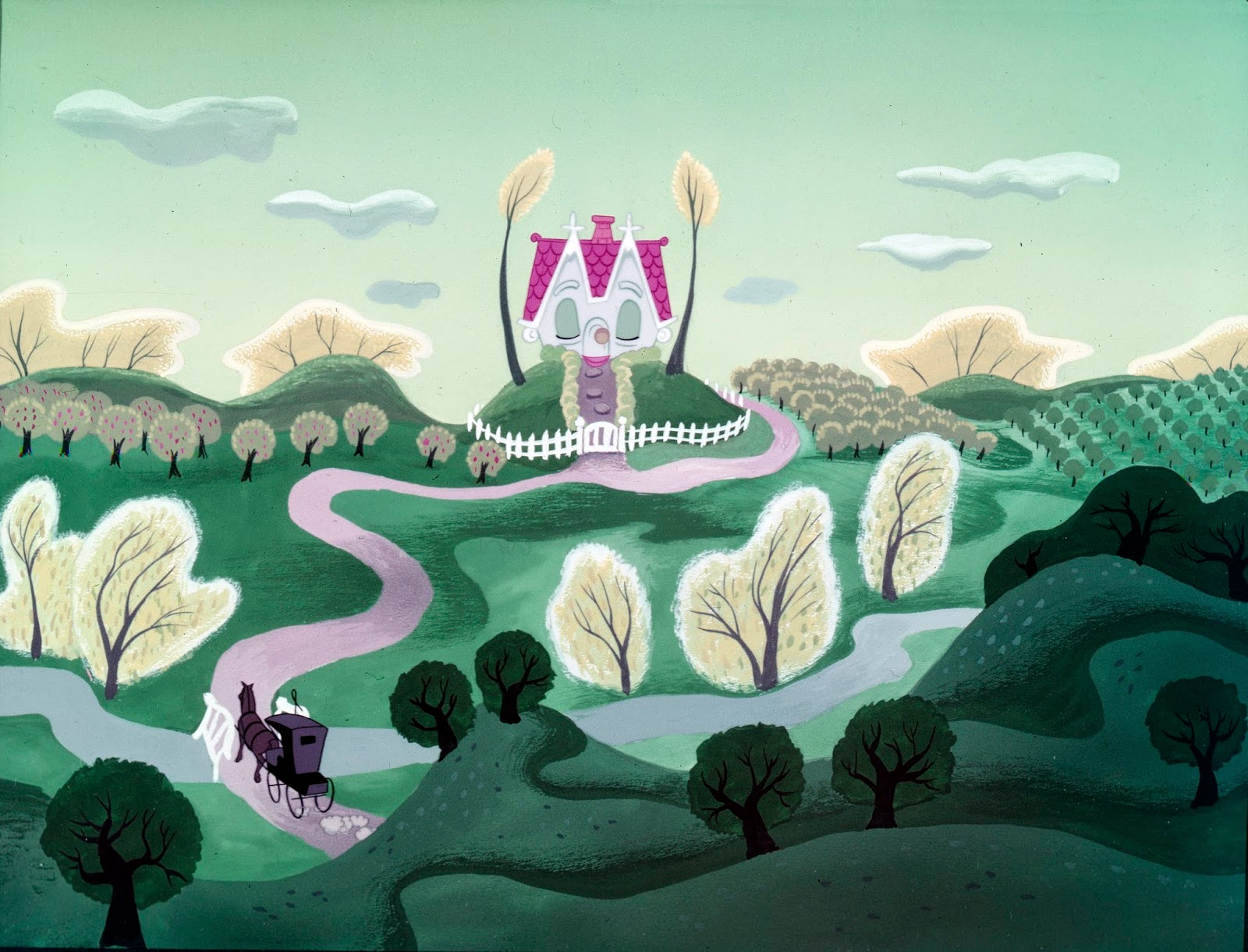A little while ago I was invited by my friends over at Virtual Animators to give an online lecture on character animation. We settled on this coming Saturday, Oct. 11. Buddies of mine like Don Hahn, Kathy Zielinski and James Lopez have already been involved in this lecture series, and I feel honored to be in their company. Click here for more details:
Since I am in the process of putting material together for Saturday, I thought I’d ask you what kind of specific subject I should talk about. Is there anything I haven’t covered on my blog, something that might be useful to you? My main objective is to give you ideas about what could help you make your characters come alive.
As you know there are no tricks or formulas to good character animation, but there are things I can point out that you might not have thought of. Let me know.
I look forward to interacting with some of you on Saturday.
A few throw-away roughs from the villains I animated, plus Mama Odie.

























































































































































































